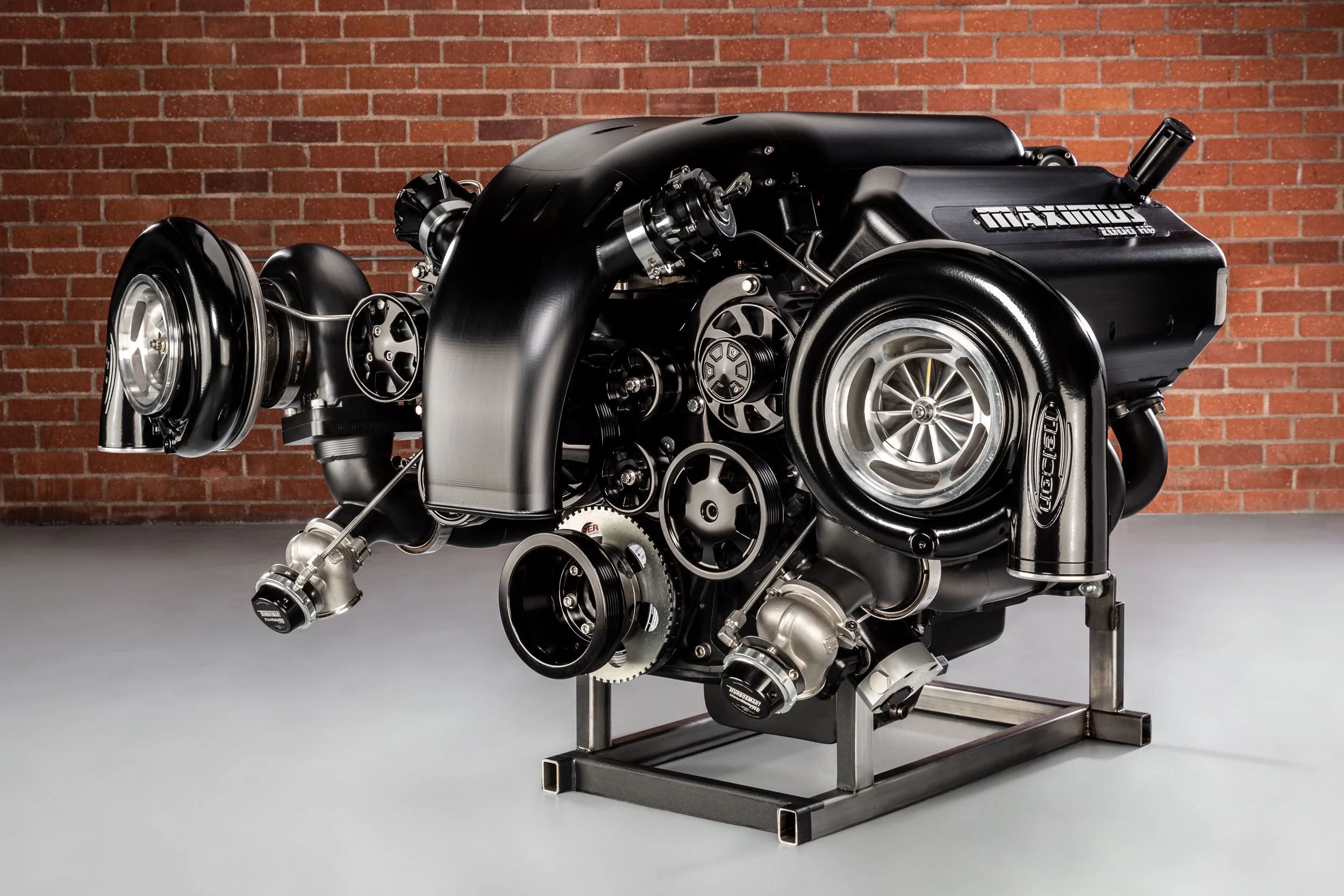The Pursuit for Ultimate Driving Power: Exploring the Pinnacle of Engine Efficiency and Technological Advancements in the Automotive Sector
In the realm of automobile design, the search of optimum driving power has actually been a relentless mission that has actually unravelled through the evolution of engine design and the integration of advanced technologies. From the meticulous craftsmanship of burning engines to the quick advancements in electrical propulsion systems, the auto field stands at the cusp of a brand-new age defined by unmatched performance capabilities.
Evolution of Engine Design

Moreover, the assimilation of turbocharging and supercharging innovations has actually revolutionized engine style by boosting power without substantially raising engine size. These forced induction systems compress the intake air, permitting even more gas to be ignited, thereby generating higher power outcome from a smaller sized engine. This development has been especially critical in enhancing the performance of smaller displacement engines while maintaining fuel effectiveness criteria.

Performance-Enhancing Fuel Technologies
The application of sophisticated fuel innovations has substantially contributed to improving engine performance in modern vehicles. From traditional fuel and diesel to cutting-edge biofuels, artificial fuels, and hydrogen, the automobile sector is witnessing a change in gas choices. Biofuels, derived from renewable resources like corn, algae, or sugarcane, offer reduced exhausts and improved engine efficiency. Artificial gas, produced via chemical procedures, offer high octane ratings, boosting power outcome. Hydrogen fuel cells, although still in the early phases of adoption, reveal great assurance because of their zero-emission nature and capacity for high performance. Additionally, gas additives and cleaning agents are being formulated to tidy engine components, maximize combustion, and lower friction, consequently increasing total automobile performance. With continuous research and growth, the mission for the supreme driving power continues, as designers aim to unlock the complete capacity of performance-enhancing gas modern technologies in the vehicle industry.
Innovations in Electric Propulsion
Significant strides in electric propulsion technology have transformed the vehicle sector, leading the way for a brand-new period of effective and lasting transportation. Electric cars (EVs) are getting appeal as a result of their environmental advantages and innovations in battery modern technology, enabling longer driving varieties and shorter charging times. Makers are spending greatly in r & d to improve the efficiency of electric propulsion systems, focusing on increasing power output, improving energy efficiency, and decreasing general weight.
One noteworthy breakthrough in electrical propulsion is the advancement of advanced electrical motors that provide higher torque and power thickness, leading to improved velocity and general driving performance. In addition, regenerative braking systems have been improved to catch and store energy throughout deceleration, additional boosting the efficiency look at this web-site of EVs.
Moreover, the assimilation of clever innovations, such as expert system and predictive analytics, is optimizing the management of electrical propulsion systems, ensuring optimal performance under numerous driving conditions. These improvements in electric propulsion are improving the vehicle landscape, driving the sector towards an extra sustainable and amazed future.
Effect of Computational Liquid Dynamics
With improvements in electric propulsion pushing the borders of automotive modern technology, the integration of Computational Fluid Characteristics is playing an essential duty in optimizing wind resistant efficiency and enhancing general performance in vehicle style. Computational Liquid Characteristics (CFD) involves using computer simulations to evaluate the circulation of air around a vehicle, allowing designers to forecast how style adjustments will certainly impact aerodynamics without the requirement for pricey physical models. By accurately modeling airflow patterns, CFD enables the improvement of car forms to lower drag, improve cooling, and improve security.
CFD allows engineers to maximize air movement around elements such as radiators, engine bays, and wheel wells, contributing to boosted performance and overall driving experience. In verdict, the combination of Computational Fluid Characteristics represents a significant action forward in the pursuit for utmost driving power and efficiency in the auto market.
Future Trends in Engine Technology
In the vibrant landscape of automotive design, sophisticated improvements are shaping the future trajectory of engine technology. The future of engine style is marked by a solid emphasis on sustainability, efficiency, and efficiency. Producers are significantly concentrating on creating engines that not only supply high power outputs however also focus on environmental obligation by decreasing emissions and boosting fuel performance.
One noticeable pattern in engine development is the surge of electrification. Crossbreed and electrical powertrains are acquiring grip as feasible alternatives to typical combustion engines. These modern technologies provide the possibility for considerable reductions in carbon emissions and enhanced power performance, aligning with global efforts to battle climate modification.
Moreover, advancements in materials scientific research and manufacturing strategies are making it possible for why not try this out the production of lighter and a lot more durable engine elements. This change towards lightweight materials such as carbon fiber and light weight aluminum alloys adds to improved efficiency and gas economy.
Final Thought
In conclusion, the quest of best driving power in the vehicle field remains to drive advancements in engine design, gas innovations, electrical propulsion, and computational fluid characteristics. The evolution of these innovations is shaping the future of hop over to here engine development, leading the way for extra efficient and powerful automobiles (engines for africa). As the industry remains to press the borders of what is possible, we can anticipate to see a lot more innovative advancements in the pursuit for peak performance
One of the essential turning points in engine design evolution is the change from standard carbureted engines to modern fuel-injected systems. By specifically metering the fuel shipment to each cylinder, fuel-injected engines enhance combustion, resulting in far better performance and decreased environmental influence.
Additionally, the integration of turbocharging and turbo charging innovations has actually reinvented engine layout by increasing power without significantly enhancing engine size (engines for africa).The application of sophisticated fuel modern technologies has substantially contributed to enhancing engine performance in contemporary vehicles. Furthermore, fuel ingredients and detergents are being created to tidy engine components, enhance burning, and reduce rubbing, thereby enhancing overall automobile efficiency